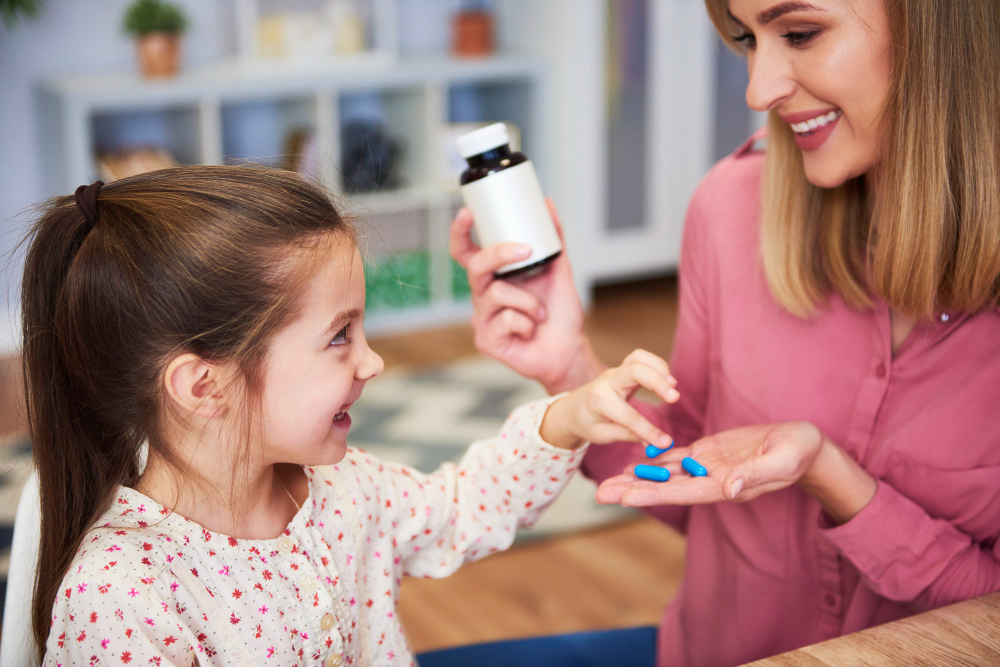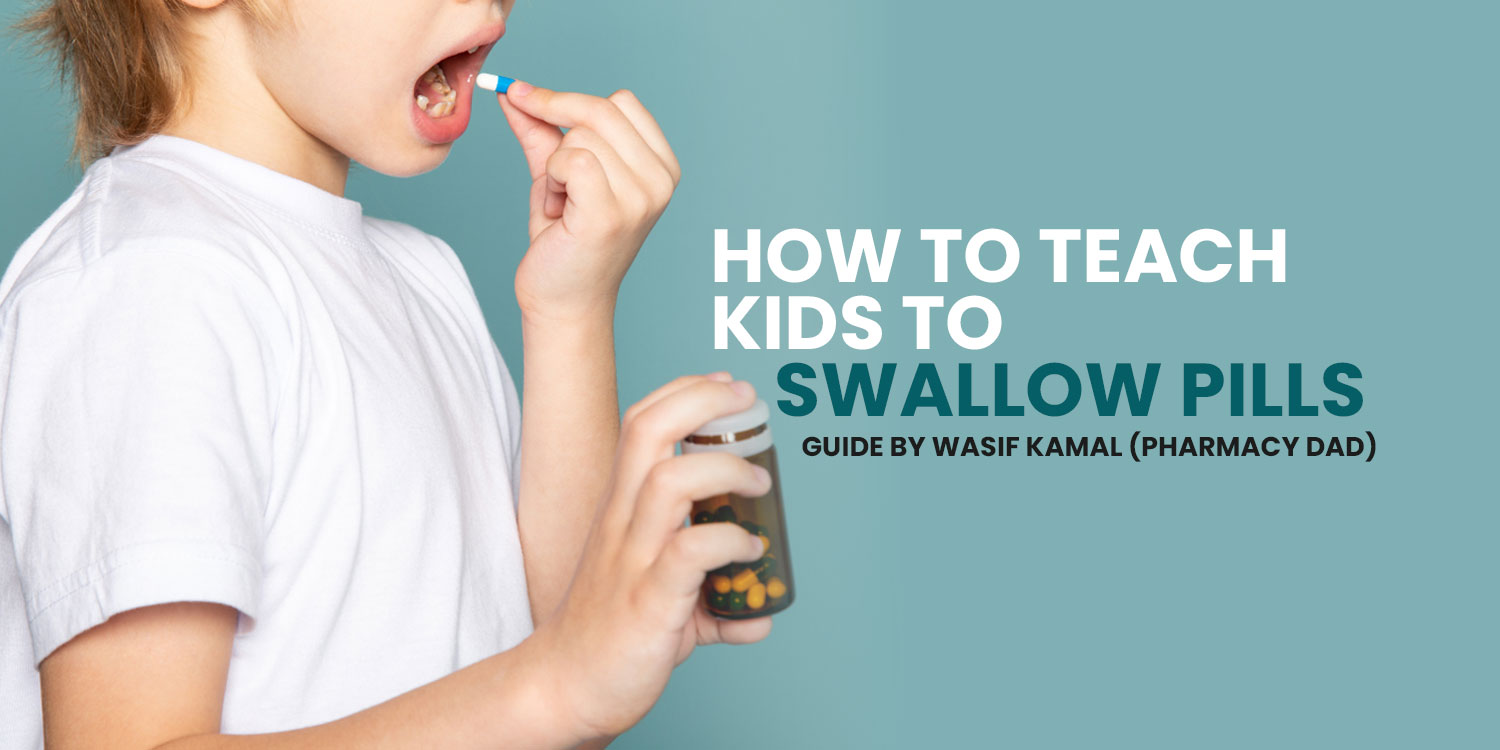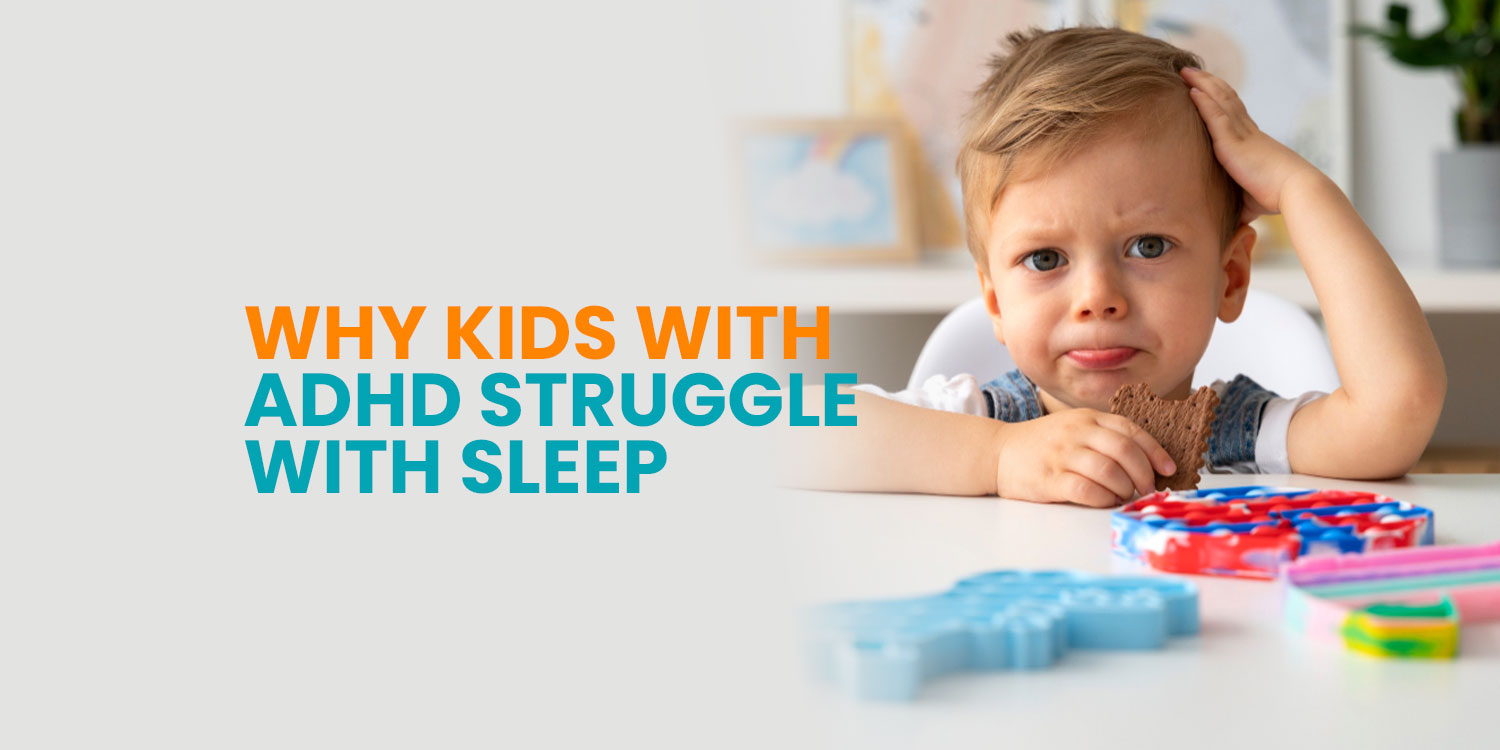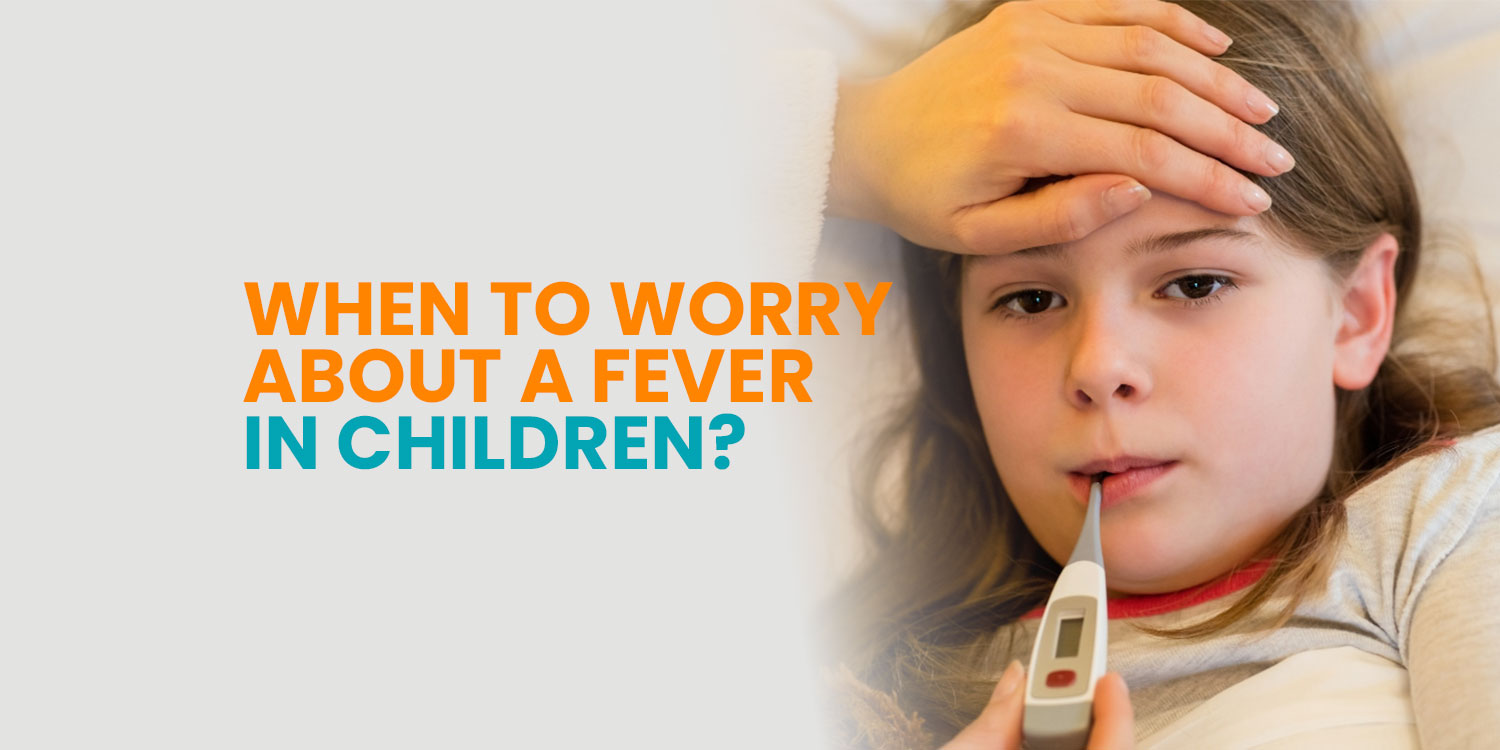How to Get Kids Used to Swallowing Pills: A Parent’s Guide By Wasif Kamal (Pharmacy Dad)
Many parents struggle with getting their children to swallow pills, whether it’s daily vitamins, antibiotics, or long-term medications. While some children take to it easily, others find the process intimidating or even impossible. If your child is resistant to swallowing pills, don’t worry—there are evidence-based techniques and approaches that can help make the process smoother and more successful.
Why Some Kids Struggle to Swallow Pills
Swallowing pills is a learned motor skill that requires the coordination of the tongue, throat, and muscles involved in swallowing (Garvie et al., 2007). Some children face specific challenges, including:
- Fear of choking: Many children fear the pill will become lodged in their throat (Czajkowski et al., 2021).
- Sensitive gag reflex: A strong gag reflex can make swallowing pills, especially larger ones, more difficult (Matsui & Miller, 2010).
- Texture or taste aversion: Pills can feel dry, chalky, or bitter if they stay on the tongue too long (Kakuta et al., 2019).
- Lack of familiarity: Children who have only taken liquid medication may find pills unfamiliar and uncomfortable.

When Should Kids Start Swallowing Pills?
There is no specific age when a child must transition to pills, but many are developmentally ready between ages 5 and 10 (Matsui & Miller, 2010). It’s best to introduce pill swallowing before it’s urgently needed, allowing time for practice and skill development.

Step-by-Step Guide to Teaching Kids to Swallow Pills
1. Start Small
Begin with small, familiar items like candy sprinkles to build confidence. Gradually work up to slightly larger objects, such as mini chocolate chips, Tic Tacs, or mini M&Ms. This graded approach helps children adjust to the sensation of swallowing solids (Czajkowski et al., 2021).
2. Use the Right Technique
Children often benefit from adjusting their head position and swallowing method. Consider:
- Chin tuck technique: Ask your child to tilt their chin slightly down, which can help guide the pill down the throat more effectively.
- Sip and swallow: Place the pill on the tongue, take a sip of water, and swallow both together.
- Pop-bottle method: For larger pills, place the pill on the tongue, seal the lips around a narrow-neck bottle, and sip water while keeping the bottle tight to the mouth (Kakuta et al., 2019).
3. Make It Fun and Rewarding
Use playful strategies to make the experience enjoyable:
- Time how quickly they can swallow a candy “pill.”
- Offer small rewards such as stickers or praise.
- Let them choose their favorite drink—juice or milk may make swallowing easier than water for some kids.
4. Try Pill-Coating or Alternative Forms
If your child still struggles:
- Use pill-swallowing lubricants or gels (e.g., Gloup) to reduce friction (Kakuta et al., 2019).
- Ask a pharmacist whether it’s safe to crush or split the medication.
- Request chewable tablets, dissolvable strips, or liquid formulations when available.
5. Be Patient and Positive
Avoid pressure or frustration. Like learning to ride a bike, swallowing pills takes practice. Celebrate small successes and be encouraging. Most importantly, give your child time to learn this new skill.

When to Seek Help
If your child continues to struggle despite repeated attempts, consult a pharmacist or pediatrician. There may be alternative formulations or specialized training strategies available. In rare cases, an underlying swallowing disorder may need assessment (Garvie et al., 2007).

Final Thoughts
Learning to swallow pills is a valuable life skill that children can acquire with time, support, and positive reinforcement. Start small, use proven techniques, and celebrate progress. With patience, most kids can overcome the fear and discomfort associated with pill swallowing.
Need help with medication options for kids? Contact iCare Pharmacy for personalized advice on child-friendly formulations and medication tips!
References
Czajkowski, A., Anisenkova, A., & Han, E. (2021). Teaching pill swallowing to children: An updated systematic review. Canadian Pharmacists Journal, 154(5), 271–277. https://doi.org/10.1177/17151635211031402
Garvie, P. A., Lensing, S., & Rai, S. N. (2007). Efficacy of a pill swallowing training intervention to improve antiretroviral medication adherence in pediatric patients with HIV/AIDS. Pediatrics, 119(4), e893–e899. https://doi.org/10.1542/peds.2006-1764
Kakuta, N., Nakamura, Y., Sato, Y., Ito, A., & Kobayashi, K. (2019). Usefulness of flavored jellies to aid in the swallowing of tablets and capsules in children. Pediatrics International, 61(3), 274–280. https://doi.org/10.1111/ped.13761
Matsui, D., & Miller, M. D. (2010). Improving children’s ability to swallow solid oral dosage forms. Paediatrics & Child Health, 15(3), 137–140. https://doi.org/10.1093/pch/15.3.137




